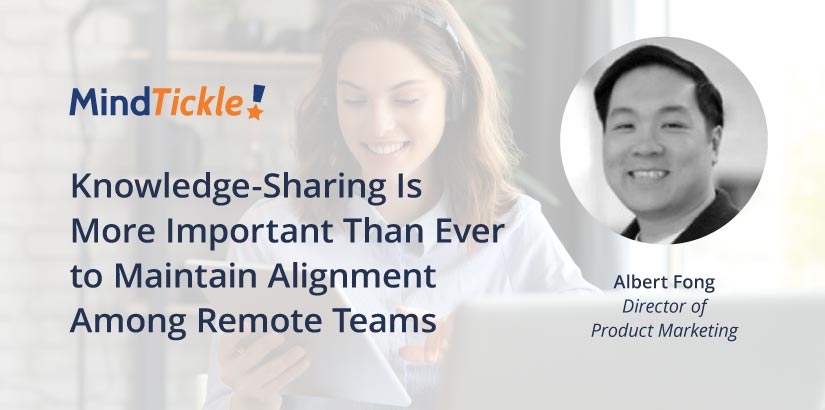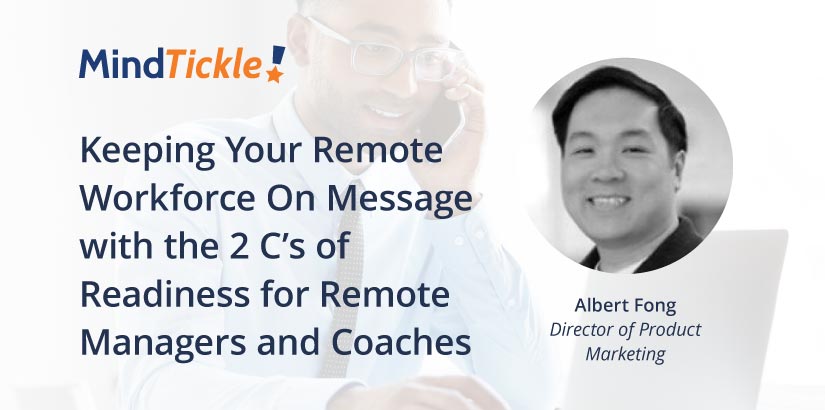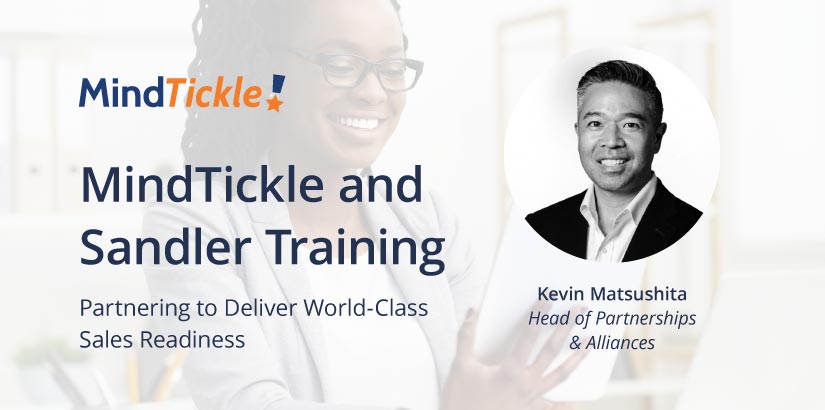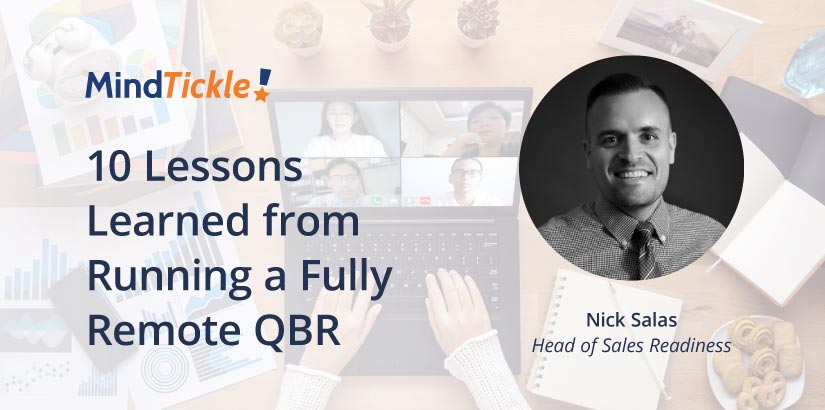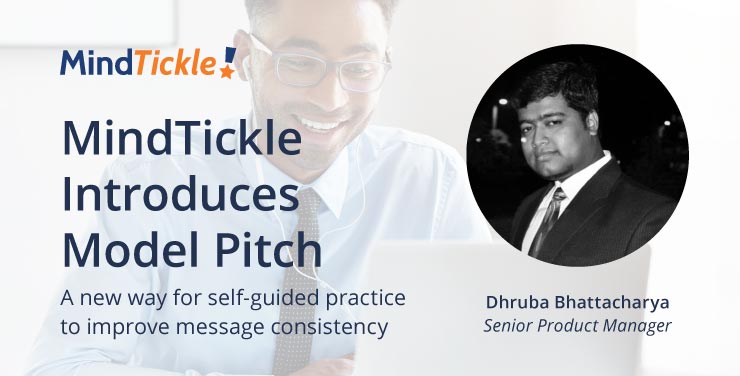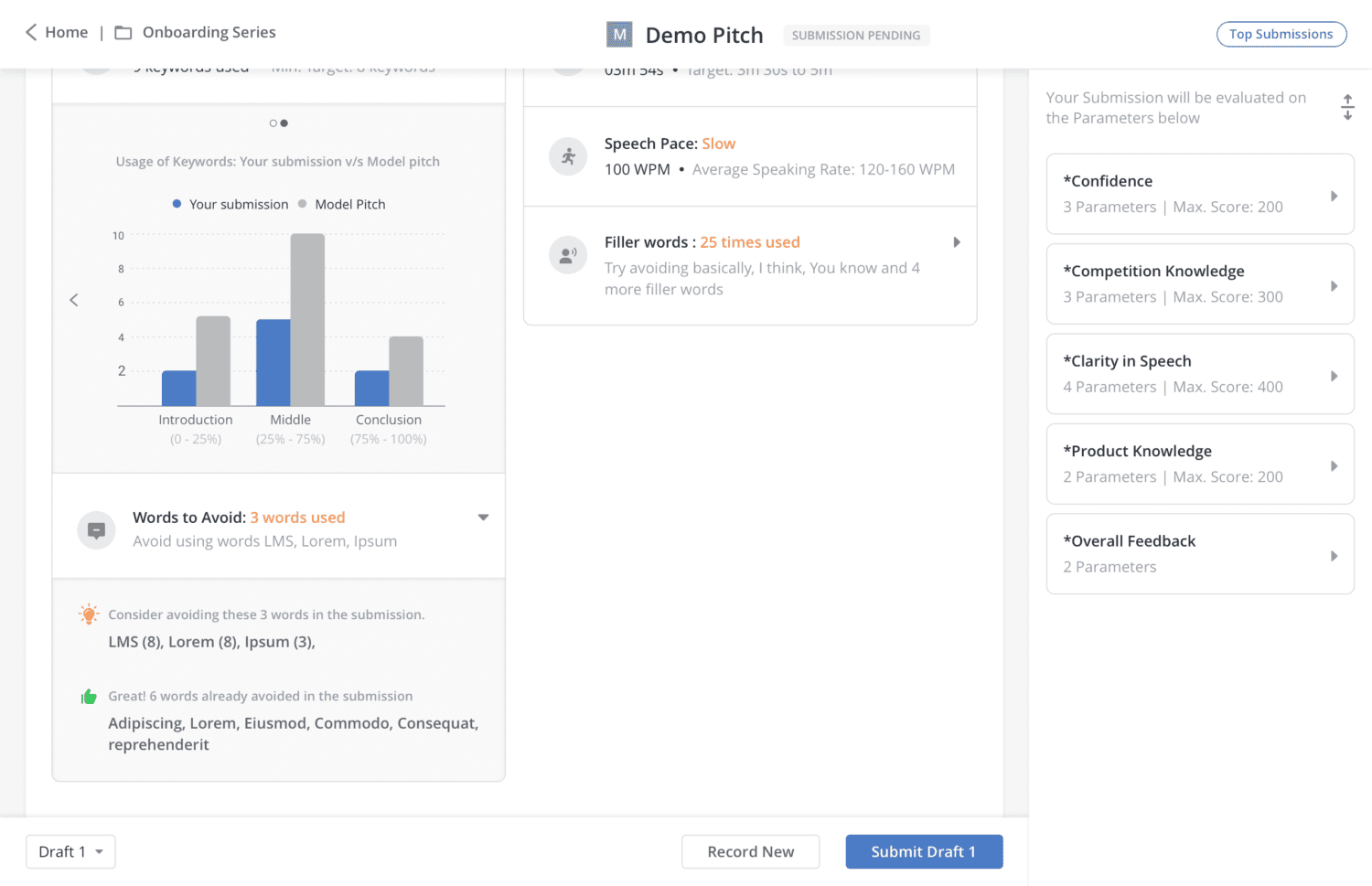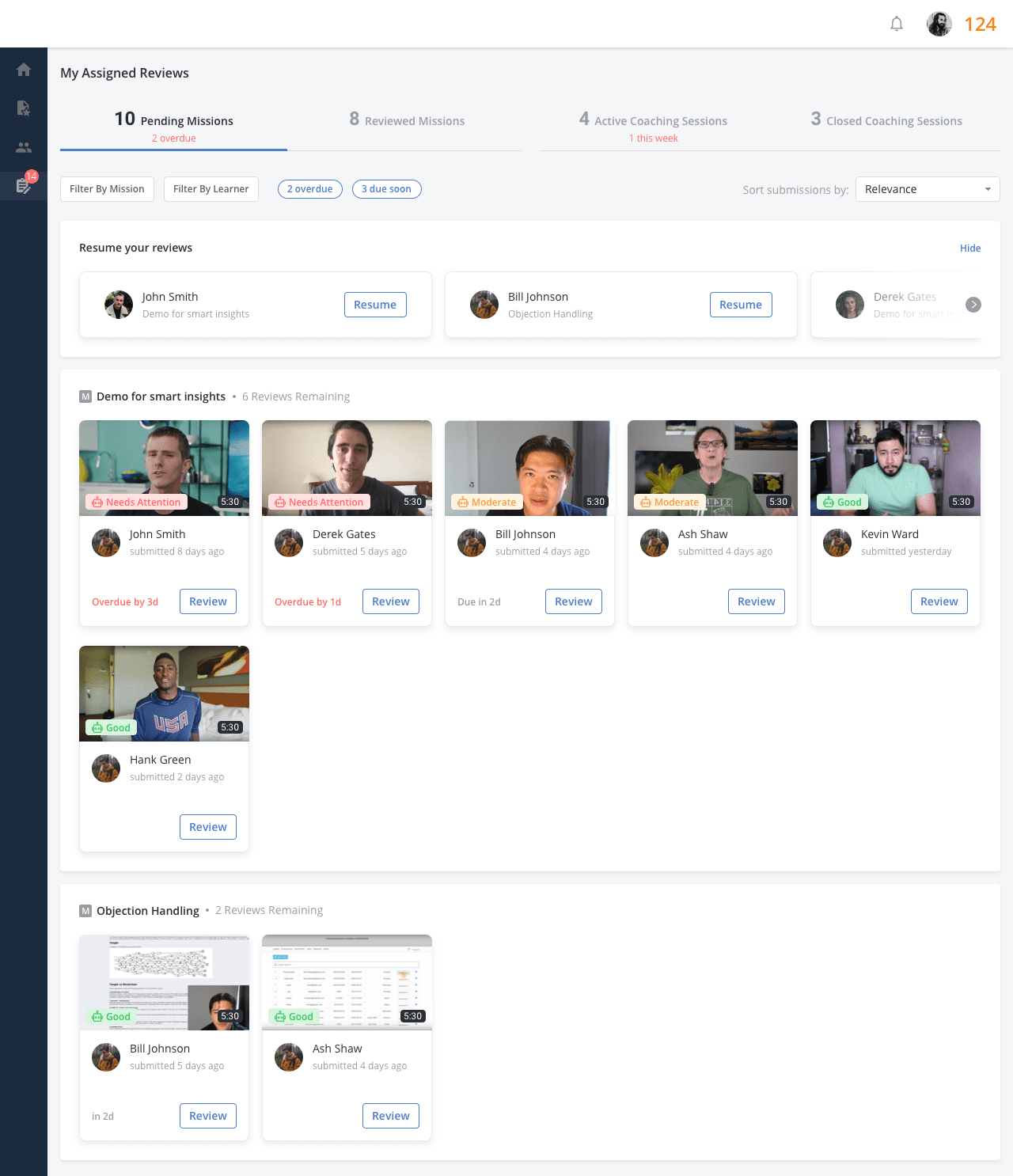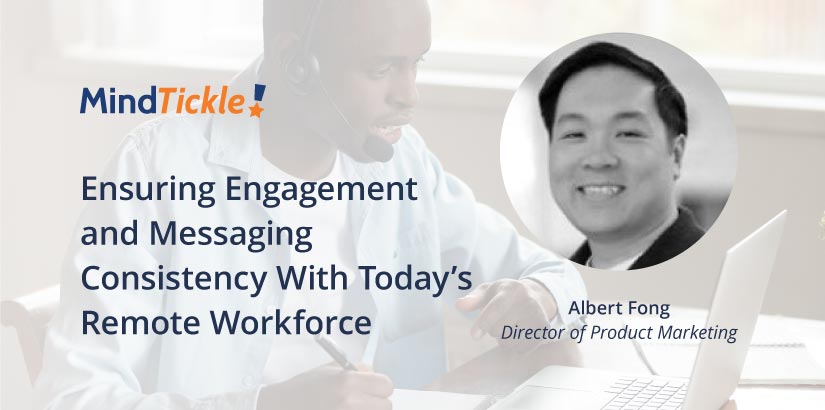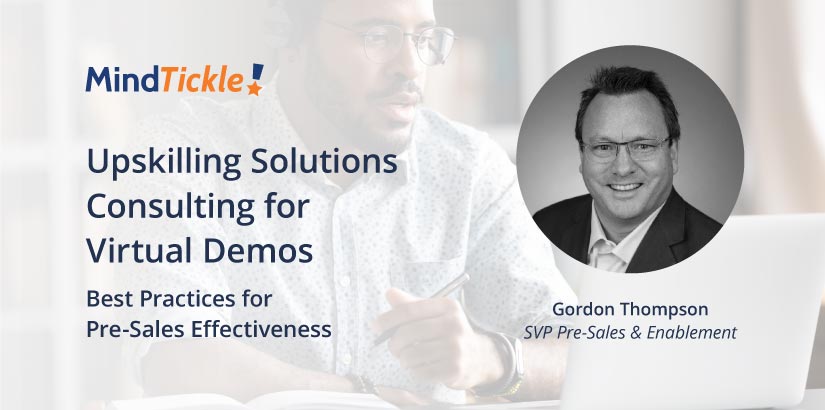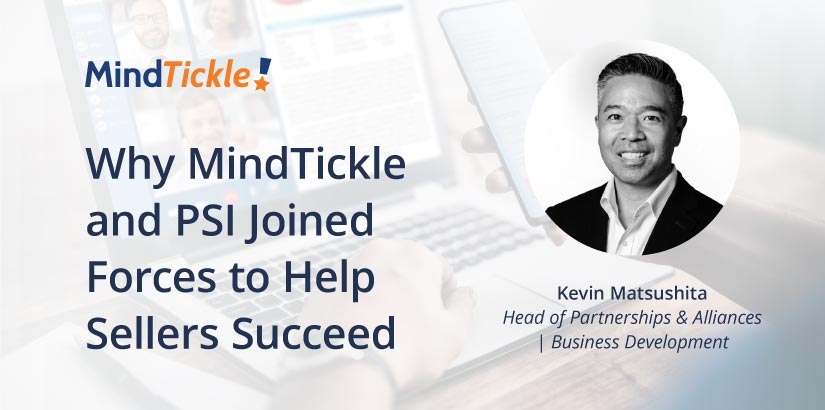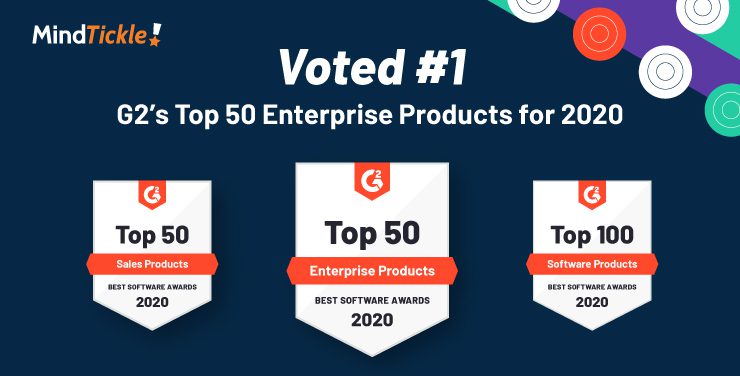As many teams are shifting to working and training remotely—often for the first time—managers are forced to prepare and re-strategize to ensure teams remain productive. This unexpected development has left organizations feeling the pressures of meeting quotas, supporting customers, and evolving daily with the ever-changing business climate.
It also presents an opportunity to learn just how essential sales readiness is, and how your organization can (and should) build a strategy for remaining sales-ready in any situation.
How a Crisis Can Affect Sales Readiness
Maintaining sales readiness is an especially tricky piece of the puzzle during a pandemic, as sales teams face unique challenges at each step of the buyer’s journey. It’s key to avoid disruptions where possible, and that requires some foundational changes to thinking and overall infrastructure.
If you’re not already considering how your team can remain sales-ready throughout the global COVID-19 crisis, you certainly should be. Without adjusting to continue driving engagement, you’re at risk for miscommunication, lack of preparedness, disengaged reps, and damage to customer relationships. Reps who aren’t sales-ready might not be receiving the training, updates, or resources required to effectively sell in the midst of uncertainty.
How to Enable Sales Readiness Remotely
So how, as sales managers, can we avoid crumbling under the pressure of selling during a pandemic? Here are our top tips for remaining sales-ready during a crisis:
Refine Your Onboarding Program for Remote Use
New-hires are generally presented with at least some in-person training during their first few days or weeks at an organization. This helps to build relationships, expectations, and engagement. But your typical onboarding process has likely been thrown to the wind as in-person gatherings are on hold. That doesn’t mean your onboarding program has to be any less effective for new reps.
Developing the right content for a virtual onboarding experience may sound daunting, but it doesn’t have to be. In fact, you likely already have the right foundational resources at your fingertips and can reuse some of those materials to create a remote process. The good news: creating easily accessible videos, quizzes, quests, and even gamifying the process can increase engagement and retention. You should also focus on closely tracking reps’ progress as they advance through the program, allowing opportunities for progress check-ins and further training, as needed.
Keep Reps Informed with Regular, Standardized Communication
It may feel strange if you’re used to holding weekly in-person meetings to provide updates and news, but keeping the line of communication open during times of remote work is essential. As the Coronavirus pandemic continues to evolve, your team will need to remain up-to-date on announcements, both sales-specific and org-wide. News on policy and process changes, competitors, and customers should be shared regularly so that reps remain informed and consistent with messaging.
Weekly or daily email updates are great, but often get buried as reps are inundated with messages, especially during a time of crisis. Platforms that enable you to provide reps with updates in a variety of formats can ensure that reps are actually engaging with key information. Your teams will be ready-as-ever if they can easily and remotely access announcements, key competitor coverage, win stories, and more from a centralized location.
Optimize Consistent, Remote Training & Coaching
Training and coaching don’t stop when the onboarding process ends. In fact, continuous training is especially important as reps are transitioning to a work-from-home environment, where they’re likely in need of specific information about selling effectively during a time of crisis. Some new skills will need to be developed as teams pivot messaging, techniques, and overall strategy.
One effective way to keep reps engaged with continuous virtual training is to gamify the process with video games, leaderboards, social elements, and gamified quizzes. Prepare your team members with enjoyable, fun coaching and reinforcement opportunities that will contribute to their overall readiness.
Increase Pipeline Visibility
It can be difficult for teams to ensure that every rep has visibility into what’s happening with the sales pipeline, particularly if everyone is working remotely (and even more so if the remote work was unplanned). But providing an understanding of where deals are in the pipeline is another key component to remaining successful during a crisis.
Through pipeline transparency, managers and reps will have a visual representation of win rate and length of sales cycle, and will be able to determine how those factors are being impacted by the pandemic. These insights can be used to understand which assets are most successful at which point in the sales cycle, and whether or not certain reps need additional training.
Be sure to provide easy access to this meaningful information, as it can give your sales team a competitive advantage, particularly during a time of crisis.
Encourage Meaningful Communication Among Reps
In addition to providing top-down information, you should also motivate your sales reps to communicate with one another. Not only will this support and maintain a team environment, it will also provide a space for reps to learn from each other’s wins and losses, and to share tips for being as successful as possible during a crisis.
This can be a challenge when each rep is working from home and is bogged down by the stresses of their workload, but prioritizing meaningful—albeit, virtual—conversations can have a real impact on morale and performance.
You can encourage reps to record and share videos recounting sales interactions (both the successes and failures), tips for working from home, or expressing any questions or concerns. These messages should be posted to a centralized location, where other reps can respond with videos or written comments to keep the conversation going.
How Technology Can Ensure Sales Readiness During a Crisis
If you’re new to developing a sales readiness program or don’t have the right tools to help your team thrive, ensuring readiness during a pandemic may feel overwhelming. The right software can provide easy, remote access to essential content and resources and eLearning for continuous training to keep reps engaged while working from home.
What’s more, your new hires won’t fall behind in the onboarding process, as a proper tool will ensure the right remote training at the right time. And everything can be tracked and analyzed to measure progress for individual reps so you can rest assured that your remote team is learning and selling effectively, regardless of where they’re working from.
Mindtickle’s Sales Readiness Platform can tie all of your initiatives together—from onboarding, to communication, to training and coaching—and provide actionable insights through data and analytics. Keeping your reps on track through virtual micro-learning and continuous remote coaching can help your sales team overcome the many obstacles presented by this and any crisis.
To learn more what the Mindtickle platform can do, request a demo or determine your potential return with our comprehensive ROI calculator.

